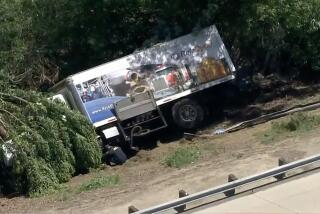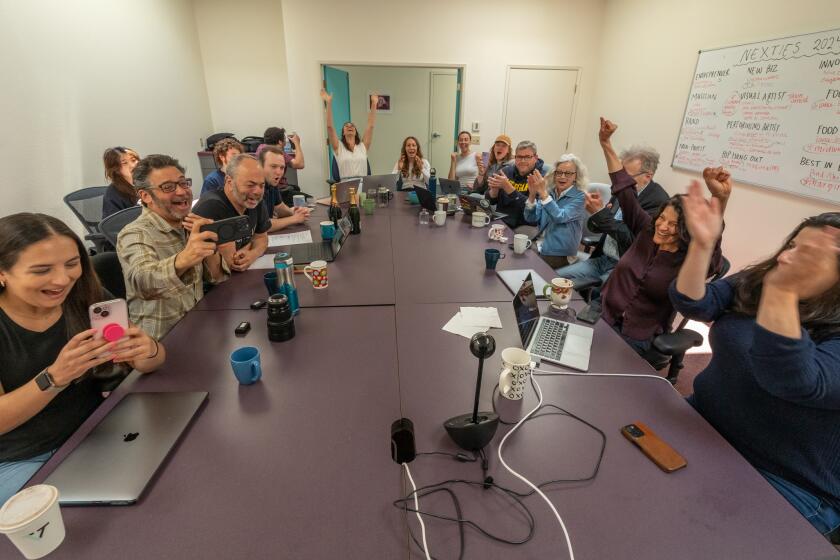Stringfellow Water to Be Treated in New Phase of Cleanup
Beginning an important new phase in the cleanup of California’s most notorious toxic waste site, the U.S. Environmental Protection Agency has announced plans to extract and treat contaminated ground water migrating from the Stringfellow Acid Pits.
EPA officials said the ground-water project, which carries an initial price tag of more than $100 million, will substantially reduce the threat that the former chemical dump poses to residents in nearby Glen Avon, a semi-rural community west of Riverside.
In a companion move, tests will be conducted on a system to remove toxic vapors from the layers of contaminated soil beneath the dump.
And the federal government--which so far has shared the financial burdens at the site with the state--will begin formal efforts to compel 16 companies that dumped at Stringfellow to pay the mushrooming cleanup bill.
“It’s a significant step toward cleaning up a very challenging site,” Terry Wilson, an EPA spokesman in San Francisco, said Wednesday.
Sally Merha, a mother of three who lives about two miles from Stringfellow, called the ground-water program “the right thing to do.” But she said the community will not be satisfied unless the tons of tainted soil at the dump are treated or removed.
“That dirt is just sitting up there like a time bomb,” said Merha, whose well was contaminated in the early 1980s after a clay cap on the site ruptured during a rainstorm, allowing a foamy, toxic river to flood yards and the Glen Avon Elementary School. “I don’t see any commitment by them to do anything about it, and that makes me uncomfortable.”
Located in a box canyon on the southern slope of the Jurupa Mountains, Stringfellow operated as an industrial waste dump between 1956 and 1972, accepting 34 million gallons of pesticides, solvents, acids and other hazardous liquids.
The waste--which included probable carcinogens such as trichloroethylene and cadmium--were poured into unlined ponds scattered across the 17-acre site. Rainfall gradually carried contaminants deep into the soil and the aquifer that supplies local drinking water wells.
Today, the plume of contaminated ground water extends approximately three miles south from the dump, which has been described as one of the most complex sites on the federal Superfund list in part because of the mix of chemicals involved.
Under the EPA’s plan, the polluted ground water will be sucked out with pumps and run through a treatment system that uses carbon to strip it of the most dangerous compounds. The cleansed byproduct will then either be reinjected into the water table or disposed of through an industrial sewer line, according to state health officials who are jointly managing the cleanup with EPA.
Over time, the aquifer could once again be made safe as a drinking water source, EPA officials said.
Because migration of ground water is the primary pathway along which contaminants leave the former landfill, the new treatment program goes a long way toward reducing the peril that Stringfellow poses to Glen Avon. But Merha and other community members say it is not enough.
They insist that Glen Avon will not be safe unless the contaminated soil at Stringfellow is dealt with, arguing that future rainfall could once again cause flooding or permit the leaching of chemicals back into the ground water.
State and federal officials will make no commitments until a study of potential treatment techniques is complete.
More to Read
Start your day right
Sign up for Essential California for news, features and recommendations from the L.A. Times and beyond in your inbox six days a week.
You may occasionally receive promotional content from the Los Angeles Times.






